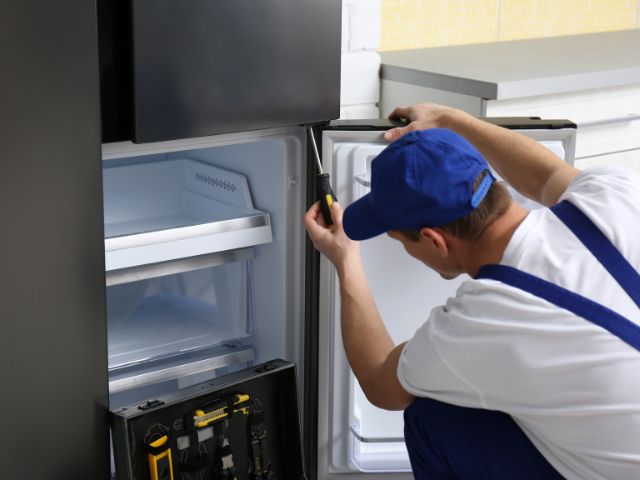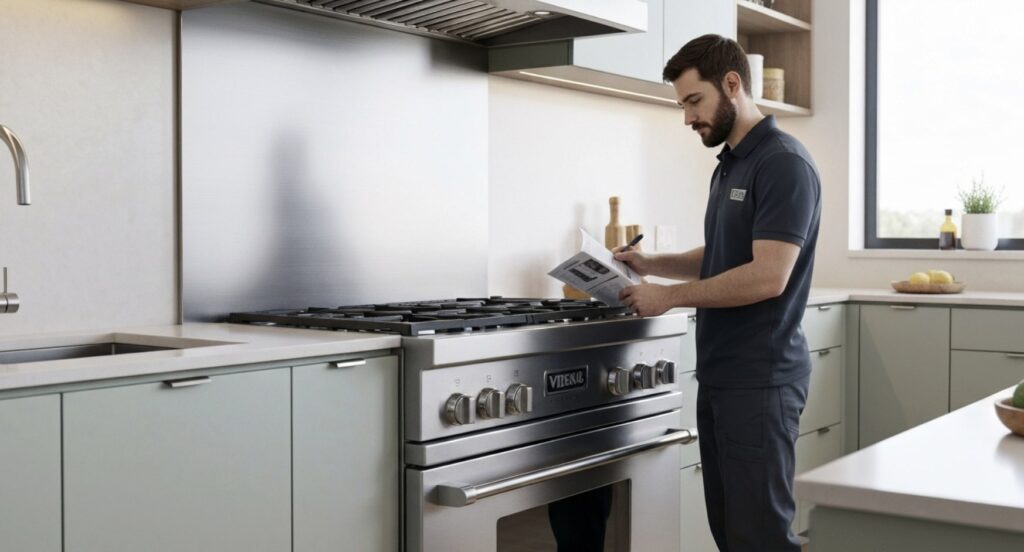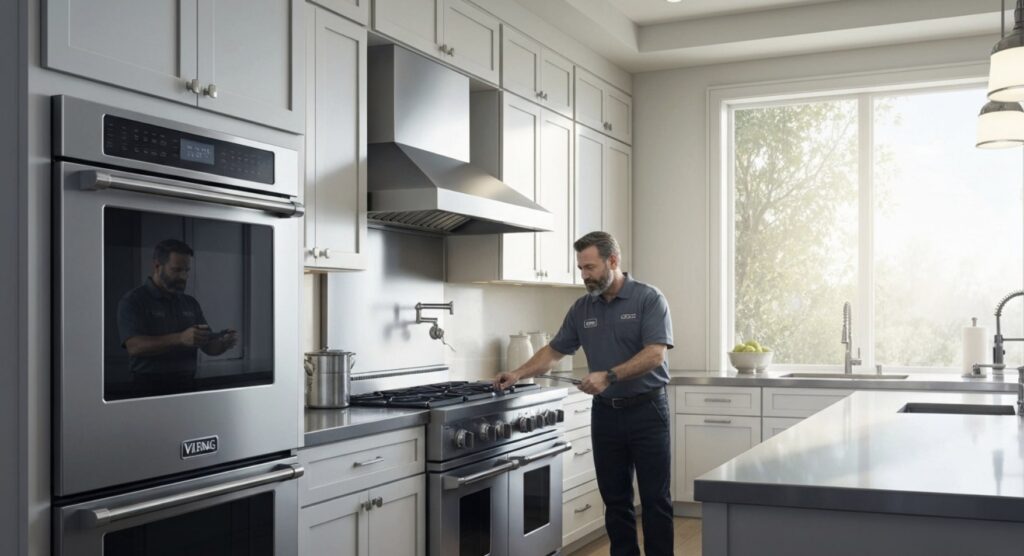When it comes to your Viking refrigerator, maintaining optimal temperature is paramount to ensuring the longevity and efficiency of this essential appliance. Temperature fluctuations can lead to a host of issues, including food spoilage, reduced energy efficiency, and even potential damage to the refrigerator itself. In this comprehensive guide, we’ll delve into the importance of temperature maintenance and provide practical tips for fixing Viking refrigerator woes.
Understanding the Impact of Temperature Fluctuations
The Risks of Inconsistent Temperatures
Inconsistent temperatures within your refrigerator can have dire consequences for the freshness and safety of your food. Fluctuations in temperature can accelerate the growth of bacteria, leading to food-borne illnesses and spoiled produce. Moreover, temperature variations can compromise the efficacy of your refrigerator’s cooling system, ultimately resulting in higher energy bills and increased wear and tear on the appliance.
Effects on Food Quality and Shelf Life
Maintaining a consistent temperature within your refrigerator is essential for preserving the quality and extending the shelf life of perishable items. Certain foods, such as dairy products, meats, and vegetables, are particularly sensitive to temperature fluctuations and require stable conditions to remain fresh for longer periods. By ensuring that your Viking refrigerator maintains an optimal temperature, you can minimize food waste and enjoy fresher, more flavorful meals.
Common Issues with Viking Refrigerators
Temperature Inaccuracy
One of the most common issues encountered with Viking refrigerators is temperature inaccuracy. This can manifest as inconsistent cooling throughout the refrigerator compartment or fluctuations in freezer temperature. If you notice that certain areas of your refrigerator are not maintaining the desired temperature, it may be indicative of underlying issues with the thermostat or cooling system.
Frost Build-Up
Excessive frost build-up in the freezer compartment is another prevalent issue that Viking refrigerator owners may encounter. This can impede airflow and hinder the refrigerator’s ability to maintain optimal temperatures. Additionally, frost accumulation can lead to inefficient operation and increased energy consumption, resulting in higher utility bills.
Condensation and Moisture Problems
Condensation and moisture accumulation inside the refrigerator can indicate problems with the door seals or insulation. If left unaddressed, excess moisture can promote mold and mildew growth, compromising food safety and overall cleanliness. Proper maintenance and regular inspection of door seals are essential for preventing moisture-related issues and ensuring optimal refrigerator performance.
Tips for Fixing Viking Refrigerator Woes
Calibrating the Thermostat
If you suspect that your Viking refrigerator is experiencing temperature inaccuracies, recalibrating the thermostat may help restore proper functionality. Consult the manufacturer’s instructions or seek professional assistance to ensure accurate temperature settings and optimal cooling performance.
Defrosting the Freezer
To address frost build-up in the freezer compartment, it’s essential to defrost your Viking refrigerator regularly. Follow the manufacturer’s guidelines for safe and effective defrosting methods, ensuring thorough removal of excess ice and frost. Additionally, check for any obstructions that may be blocking airflow and hindering cooling efficiency.
Inspecting and Replacing Door Seals
Damaged or worn door seals can contribute to condensation and moisture problems within your Viking refrigerator. Inspect the seals regularly for signs of wear or deterioration, such as cracks, tears, or gaps. If necessary, replace the seals to maintain a tight seal and prevent moisture infiltration.
Ensuring Long-Term Performance and Efficiency
In conclusion, maintaining optimal temperature is crucial for maximizing the performance and efficiency of your Viking refrigerator. By addressing common issues such as temperature inaccuracies, frost build-up, and moisture problems, you can ensure that your appliance operates reliably and preserves the freshness of your food. Remember to follow manufacturer recommendations for maintenance and seek professional assistance if you encounter persistent issues with your refrigerator.
FAQs
-
How often should I defrost my Viking refrigerator?
-
-
- We recommend defrosting your refrigerator whenever frost build-up exceeds 1/4 inch to ensure optimal performance.
-
-
What should I do if my Viking refrigerator is not cooling properly?
-
-
- First, check the thermostat settings and ensure proper ventilation around the appliance. If issues persist, contact our team for professional diagnosis and repair.
-
-
Why is there moisture inside my Viking refrigerator?
-
-
- Moisture buildup can be caused by damaged door seals or improper temperature regulation. Inspect the seals and adjust the thermostat accordingly to prevent condensation.
-
-
Can I replace the door seals on my Viking refrigerator myself?
-
-
- While it is possible to replace door seals DIY, we recommend consulting a professional for proper installation to ensure a tight seal and prevent future issues.
-
-
How can I prevent food spoilage during power outages?
-
- Keep your refrigerator well-stocked to help maintain cooler temperatures during outages, and avoid opening the door unnecessarily until power is restored.
Contact Viking Appliance Repair Pros today for the best Viking refrigerator repairs, ensuring your fridge stays in top condition. Don’t let temperature woes spoil your food! For more expert tips on Viking refrigerator maintenance, check out our previous blog: “Top Viking Refrigerator Repair Near Me: Spring Prep Guide.”







